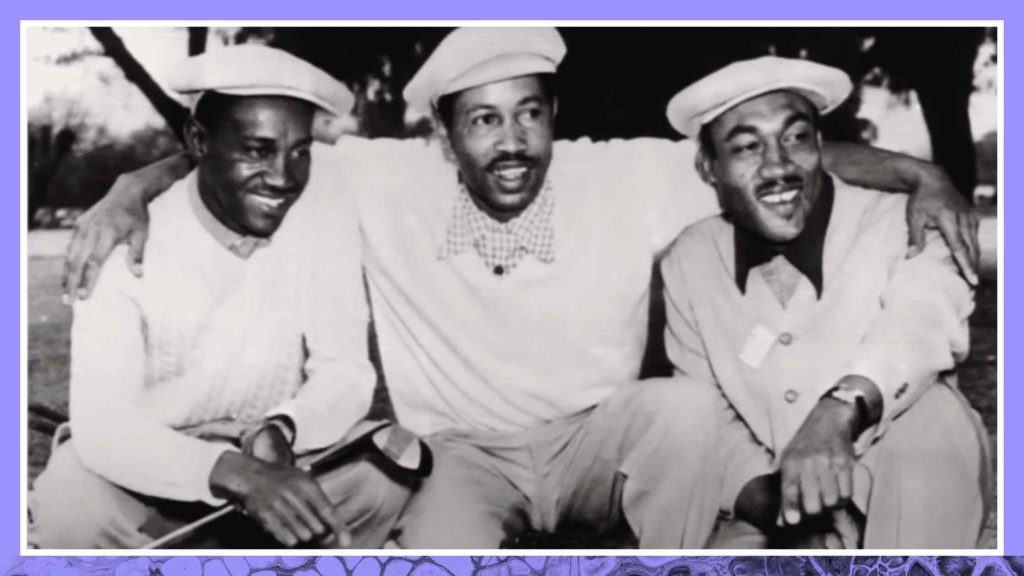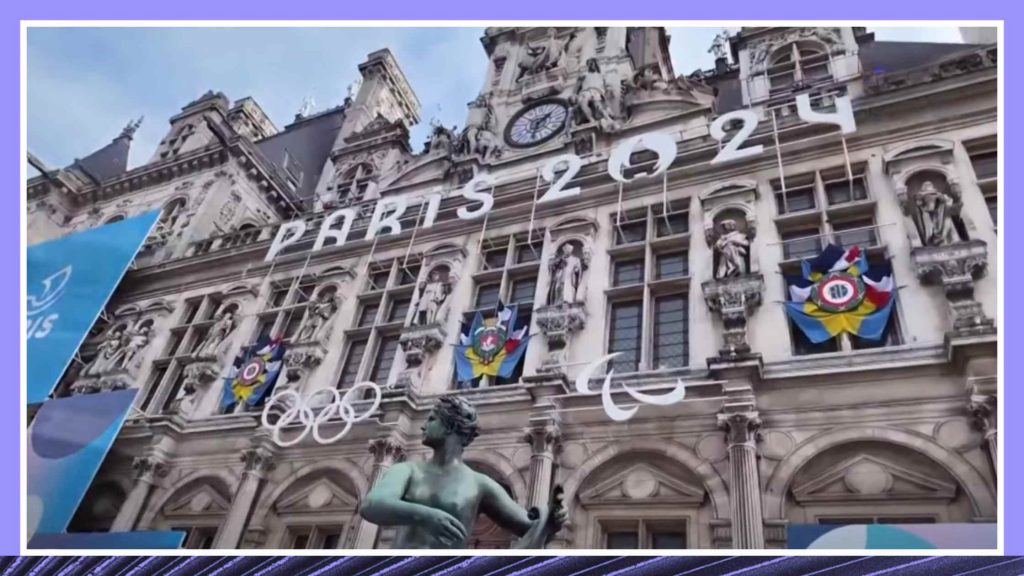Apr 1, 2024
Baseball Opens Season with Controversy Over Uniforms

Opening Day for Major League Baseball leads to complaints about new uniforms. Read the transcript here.
Speaker 1 (00:00):
Today is opening day for Major League Baseball, and it comes after a spring training chock-full of controversies and curiosities, among them, some very unpopular uniforms. Economics correspondent, Paul Solman, has been pulling threads to bring us this report.
Paul Solman (00:17):
Major League Baseball’s controversial new uniforms, getting fans closer to players than the latter might’ve imagined. One widely circulated photo showed underwear through the new mesh pants. The reception’s been harsh on the bottoms and on the tops, which one player called “papery,” another, “like a knockoff jersey from T.J. Maxx.” Philadelphia Philly shortstop, Trae Turner, “I know everyone hates them.” And fans picked up the thread on social media. “These are absolute trash, pure garbage,” as one user put it. On the other hand, to designer Isaac Mizrahi…
Isaac Mizrahi (00:54):
I find it kind of sexy, I got to say.
Paul Solman (00:57):
No matter your opinion, though, says Stephen Nesbitt, who covers baseball for The Athletic.,,
Stephen Nesbitt (01:02):
The jerseys looked pretty radically different, I would say. It’s more of a mesh feel in the jersey. So when you talk to players, they say there’s a certain feel you expect when you wear major league uniform, and it doesn’t currently have that.
Paul Solman (01:15):
Baseball commissioner, Rob Manfred, of course, defended the duds.
Rob Manfred (01:18):
They’re designed to be performance wear, as opposed to what has traditionally been worn, so they are going to be different. But they have been tested more extensively than any jersey in any sport.
Stephen Nesbitt (01:29):
Players generally like the idea of something more breathable on a hot summer day, and so they might like it when it’s 95 degrees out in Oakland this summer or in Texas. But for spring training, at least, it was a shock to players when they put on the uniform for the first time.
Paul Solman (01:44):
Regardless, to this erstwhile baseball fan with grandkids who think the game, typically two hours and 40 minutes, of which just 18 minutes involves that, is a crashing bore, a game whose World Series TV viewership, for example, is a mere one quarter what it was 50 years ago, the story’s economic angle seemed, well, transparent. The new unis are an act of desperation to attract young people to a dying sport. So was I right?
Andrew Zimbalist (02:12):
Around 25 or 26 teams actually have a positive operating income.
Paul Solman (02:17):
Out of 30, says sports economist, Andy Zimbalist, though he does acknowledge…
Andrew Zimbalist (02:22):
It’s clear that young people don’t want to spend the time that us older folks always enjoyed spending to watch a baseball game.
Paul Solman (02:30):
But so then how can baseball be flourishing economically?
Andrew Zimbalist (02:34):
Well the country has been flourishing economically. Population has grown, incomes have grown. The number of large corporations that buy sponsorships to support Major League Baseball teams has grown, so I think that it’s gotten pulled along with the tide.
Paul Solman (02:54):
In fact, as the game has taken pains to shorten itself, live attendance has actually gone some, plus says Zimbalist…
Andrew Zimbalist (03:01):
Baseball is able to use their monopoly leverage in the marketplace to get cities to offer higher and higher amounts so that instead of there being 20,000 people in an old ballpark paying $10 or $20 for a seat, you have 30 or 40,000 people in the ballpark paying a hundred or 200 or $500 and also lots of sponsorship and signage all around the ballpark and catering services around the ballpark.
Paul Solman (03:30):
Also, in recent years with live sports, the most popular thing on TV, broadcast rights have soared in price.
Stephen Nesbitt (03:37):
And there is also the element with Ohtani and Yoshinobu Yamamoto, his teammate in Los Angeles who came over from Japan.
Paul Solman (03:44):
Again, baseball journalist, Nesbitt.
Stephen Nesbitt (03:46):
They have the ability now to advertise themselves to an entire nation in Japan.
Paul Solman (03:51):
And throughout East Asia. Baseball even played four spring training games in Korea a few weeks ago. Now Japanese superstar, Shohei Ohtani, a sort of latter-day Babe Ruth because he’s both a prodigious home run hitter and pitcher, has been much in the news lately, first, for the richest contract in sports history, $700 million over 10 years, and second, for a gambling scandal involving so far just his longtime translator. But however it turns out, baseball has weathered betting scandals for more than a century, most famously the Black Sox World Series fix of 1919, and survived. Moreover, the legalization of sports gambling and mobile apps have enormous revenue potential.
Stephen Nesbitt (04:37):
The opportunities to bet in baseball are enormous.
Paul Solman (04:40):
162 games a year, nine innings or more per game, some 20 odd players to bet on, and “Look,” says Nesbitt.
Stephen Nesbitt (04:49):
If you can bet on the outcomes of plays or outcomes of player performance made people care about games they wouldn’t otherwise care about. Baseball would love for that to happen.
Paul Solman (04:57):
Okay, so if not economic desperation or anything close to it, why the new uniforms all designed by Nike?
Stephen Nesbitt (05:04):
I think it’s an act of consumerism. The league believes it benefits from having a uniform supplier like Nike, perhaps the biggest name in the apparel industry.
Paul Solman (05:13):
And of course, new uniforms, there are several versions of each, mean new merch to hawk.
Andrew Zimbalist (05:19):
You see lots of new uniforms that the players are wearing, and if players are wearing more uniforms, then fans will be buying presumably more uniforms.
Paul Solman (05:28):
But uniforms even at a hundred to $200 a piece, how much money can they bring in?
Andrew Zimbalist (05:33):
Merchandise sales are a very small part of baseball’s revenue picture, certainly less than 5%, but that doesn’t mean that the owners aren’t going after whatever bit of money they can go after. Baseball’s trying to squeeze all the money out of the system that it can.
Paul Solman (05:46):
Okay, but there’s still the fact that fans have their knickers in a twist.
Robin Givhan (05:51):
Baseball has positioned itself as America’s pastime, and when you do that, that automatically, I think, creates some boundaries that you can’t really cross.
Paul Solman (06:04):
Long-time Washington Post fashion correspondent and critic-at-large, Robin Givhan.
Robin Givhan (06:09):
You have Nike, a company that’s deeply embedded in the zeitgeistiness of what’s going on and connecting with different niche communities, and there’s this element of fashion and style which ended up leading these uniforms astray.
Paul Solman (06:31):
As for designer, Mizrahi, astray may mean the fans and players find the sheerness a bit risque and think…
Isaac Mizrahi (06:39):
Uh oh, it’s a little creepy.
Paul Solman (06:41):
Do you find it creepy yourself?
Isaac Mizrahi (06:43):
I personally think it’s hilarious. I think it’s funny because I’m guessing that there are a lot of people who think it’s a little creepy.
Paul Solman (06:52):
But he does think baseball made a mistake.
Isaac Mizrahi (06:55):
Maybe they should have considered all of this before they went and purchased so many thousands and thousands of yards of that textile.
Transcribe Your Own Content
Try Rev and save time transcribing, captioning, and subtitling.



